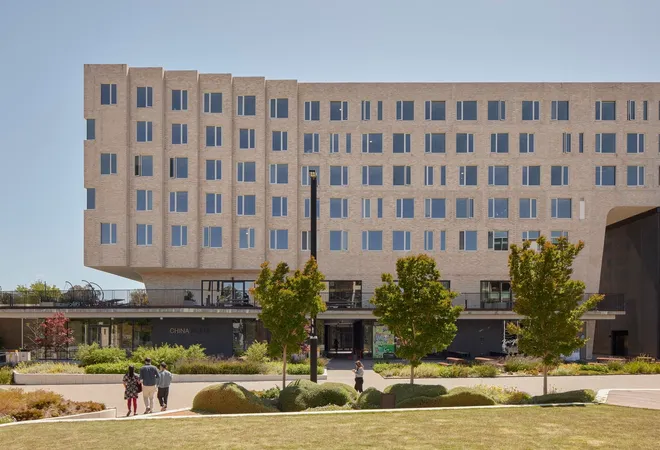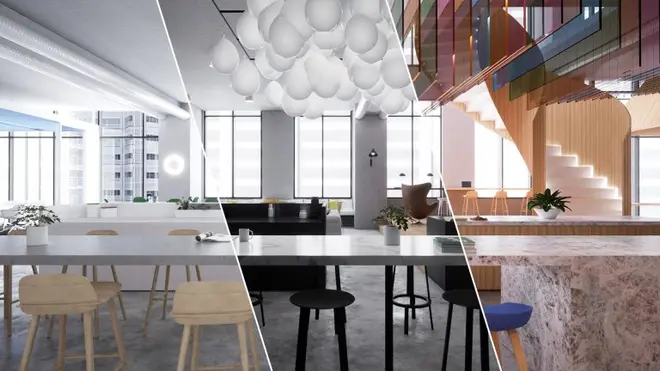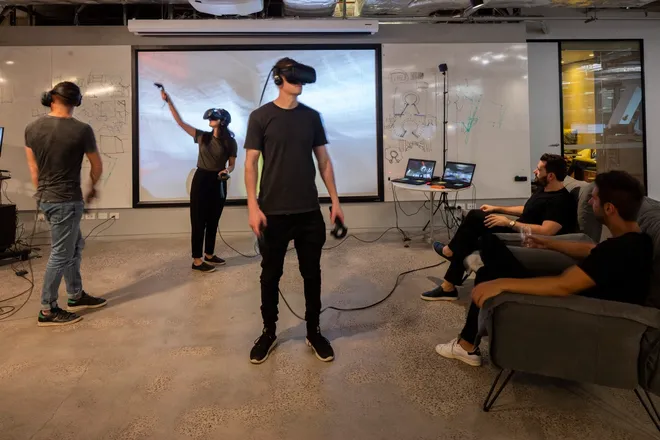BVN Stories — July 4, 2019
Virtual Reality’s role in the rise of blended learning
Musings from the 3rd Digital Campus and Blended Learning Innovations Conference 2019, Sydney.
The original article was published on Medium by Ninotschka Titchkosky.
It doesn’t matter if it’s school educators or the top universities in Australia and around the world — the way we are learning and teaching is changing and it’s impact on architecture and physical place will be profound as the introduction of virtual reality and online learning continue their rise in enabling the move to blended learning.

The design of a real school formed the backdrop for a virtual classroom (MakerspaceX) that enables students to actively participate in the construction and launch of a rocket, with immediate feedback on its performance. The students are guided through basic concepts of drag and thrust and then able to design their own rocket and test its performance. Following real time feedback they can continue to refine their designs until they achieve the desired performance.
As said by Michael Bloomberg and many others “Knowledge is the new currency”, in order to thrive in the data based, technology driven economy of the future, knowledge is our most valuable commodity. The question is how can you scale knowledge creation and how can you encourage learning in ways that are relevant to Industry 4.0? This is where blended learning comes in; it replaces the “talking head” lecture with highly interactive teaching and peer to peer opportunities to learn, which combine online interactions, group learning in place and virtual learning, powered by rapid feedback to students.
Interestingly, whilst some universities and schools will say that “the jewel in the crown is still the learning on campus experience” chances are the need for physical space will not continue to grow at the same pace as the cohorts of learners. The type of space required to support blended learning will change and no longer will student numbers have a direct correlation to physical space. It’s more likely that built space will be seen as an anchor and part of the brand identity of the University while virtual space will continue to rise.

Australian National University, Canberra; Collaborative Learning Environment. A purpose built, all timber six storey building, designed with flexible large flat floor spaces for blended learning and informal study spaces. Designed by BVN. Photo, John Gollings
How do we create great virtual environments that are designed expressly for human interaction?
As Architects, Placemakers and Experience Designers this is both a challenge and an opportunity. A consistent theme from all educators was “How do we create great virtual environments that are designed expressly for human interaction?” The virtual environment should offer authentic experiences that bring together, place, space and time with high levels of engagement and feedback — just because an experience is virtual doesn’t mean we should be satisfied with a low fidelity version of life. Our skills as architects and experience designers translate to virtual worlds which can be leveraged by educators, whether its in simulating environments or blending virtual and real environments. A great virtual experience is one where the user/s are engaged through storytelling, are given choice within the environment, are able to get real time feedback on their choices and see visible achievement. This can be further enhanced with the use of cognitive tracking that looks at the whole learning context in collaboration with the learner by analysing eye movements, keyboard, mouse, digital pen, sound and landscape setting (environment) to assess the impact and effectiveness of the learning.

Situational learning is enhanced by VR, enabling students to participate in learning experiences that would otherwise be difficult to reproduce, such as complex surgical procedures. These environments can also be used for user testing and onboarding. BVN is currently designing major hospitals and research environments around Australia which we draw on for virtual models.
The virtual environment should be established as an educational asset that can continue to evolve with the course work or adapt through the digital feedback loop. Rather than educators thinking that each specific case needs to be considered independently they should consider their virtual worlds as an institutional asset that is constantly evolving that can be shared across discipline, courses, years and ages. This gets exciting when you consider the cross disciplinary or organisational collaborations that could leverage and evolve the virtual environments. Once the virtual assets are created the content can be delivered quickly and importantly, in a tailored way.
Like most endeavours in our world these days, partnerships of experts are becoming critical to enabling us to deliver our vision. When technology is increasing in complexity and the required pace of change is accelerating, collective creativity is the answer.
BVN REAL are a team of artists, architects, developers and experience designers, who have evolved from the architectural visualisation division at BVN.



